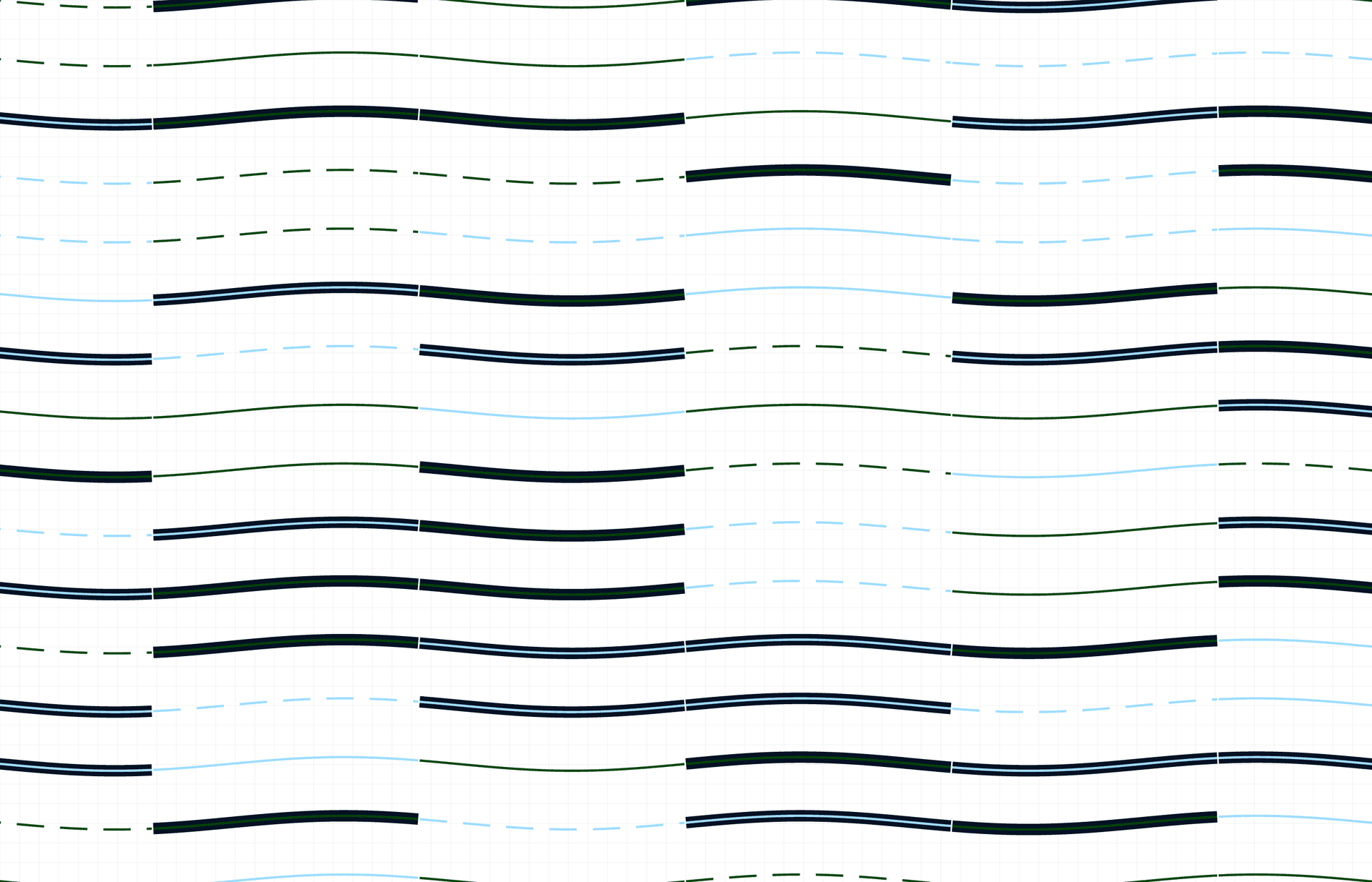Quadratic Funding

TL;DR:
INVENTED BY VITALIK BUTERIN, GLEN WEYL, AND ZOE HITZEG
Quadratic Funding rewards projects that receive support from many people, not just a few big donors. The more individual contributors a project has, the more matching funds it receives—making it a powerful way to fund what the community truly values.
Quadratic Funding (QF) is one of the most widely known public goods funding mechanisms in Web3. It uses a matching pool to amplify individual donations: when lots of people contribute small amounts to a project, the matching algorithm multiplies that impact. This favors projects with broad support, not just deep pockets.
Mathematically, QF calculates matching funds based on the square of the sum of square roots of contributions—creating a curve where $1 from 100 people has more power than $100 from one person.
Originally popularized by Gitcoin, QF is a core mechanism for community-driven, bottom-up capital allocation. It works especially well in ecosystems where you want to:
- Support public goods
- Empower contributors regardless of wealth
- Make funding decisions more democratic
QF can be run with onchain or offchain voting and is compatible with identity, sybil resistance, and various forms of reputation or signal boosting.
Best For
- Public goods ecosystems
- Open-source communities
- Local or global grants rounds
- Situations where many small donors can participate
Good At
- Democratizing funding decisions
- Amplifying broad, genuine support
- Encouraging community participation
- Making allocation more equitable
Dependencies / Requirements
- A matching pool
- A way to collect contributions (tokens, stablecoins, etc.)
- Mechanisms for sybil resistance (e.g. proof of personhood)
- Interface or voting tools for contributors to signal support
Not Good At
- Very small communities (low contributor base = weak signals)
- Projects needing predictable or upfront funding
- Environments with poor identity/sybil controls
- High-trust scenarios where governance is already established
Who Should Use It?
- Ecosystems that want to fund what the many care about
- DAOs with community grants programs
- Cities or local networks running participatory budgeting
- Protocols distributing funds to contributors or public goods
Example Use Cases
- A Gitcoin-style QF round where developers, educators, and toolmakers receive matching funds based on community donations
- A local community uses QF to fund art, cleanups, or civic infrastructure—powered by matching funds from a city DAO
- A protocol runs QF rounds to support third-party devs and ecosystem builders